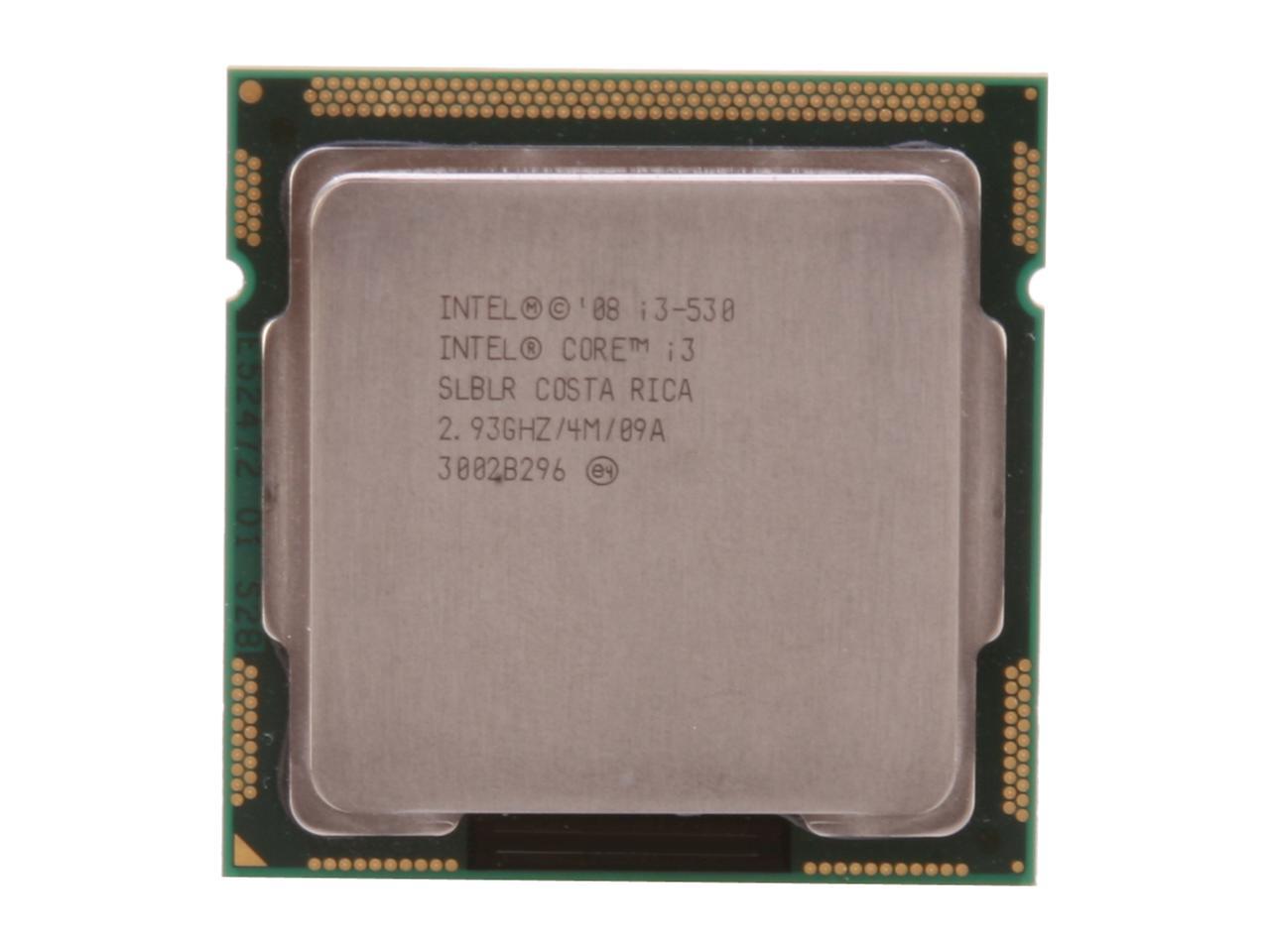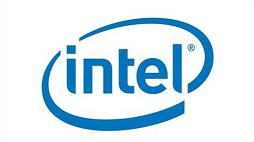

But as a baseline the temperatures definitely are promising, especially with overclocking in mind. Of course results will vary with different motherboards and cooling solutions. Try to imagine what happens when you slap proper cooling on there, the overclocking potential will become fabulous. Now I need to mention that these temperatures are managed with a stock reference cooler - you'll reach roughly 50 degrees C / 122 degrees Fahrenheit. With an air cooler you can expect temps like below: Temperature in Degrees C
#INTEL CORE I3 530 WINDOWS#
Mind you that this was done with an H55 motherboard, one SSD, optical drive, 4GB memory and for the last entry, Radeon HD 5870 graphics card.įor even more optimal power consumption make sure you have BIOS features like EIST and C1E enabled and within Windows set your performance mode to balanced (allows the processor to clock down). The processor tested today has a TDP of 73W, and that's quite an improvement and it shows this during our measurements: Power ConsumptionĪs you can see, these are really respectable numbers.

Clever power management allows the internal voltage and processor multiplier to drop, core independent. A processor like the Core i3 530 for example consumes just 73 Watts, and that is with both cores stressed. En este video muestro como corre el juego, Call of Duty Black Ops en estas 2 computadoras, teniendo presente que una es una Laptop(del lado izq. Comparative analysis of Intel Celeron J1900 and Intel Core i3-530 processors for all known characteristics in the following categories: Essentials, Performance, Memory, Graphics, Graphics interfaces, Compatibility, Peripherals, Security & Reliability, Advanced Technologies, Virtualization. The new Clarkdale based processors are a bit of a redesign with accompanying die-shrink and as result they are quite energy friendly processors. Intel Celeron J1900 vs Intel Core i3-530.


 0 kommentar(er)
0 kommentar(er)
